I’ve been experimenting with high resolution films of various kinds since returning to analogue photography and one of the more interesting products in this category is Kodak Technical Pan or Tech Pan. You can find the data sheet for it here.
Kodak stopped selling Tech Pan in 2004 but I’ve been able to find a few rolls (35mm and 120) at affordable prices online. Because it’s a slow (25ASA) black and white film the chances are that even really old rolls will still work just fine. The 35mm roll I’m featuring here expired in 1991. Co-incidentally this film was commonly used for electron microscopy – an imaging system I learned to use in the early 1980s as a young biologist. In fact that is how I first learned to develop black and white film and print black and white photographs. The electron microscopes I was working with then mostly used small sheet film.
Key features of this film are high resolving power, fine grain, and spectral sensitivity that extends a bit further into the red than most panchromatic films, though not as far as infrared films (including Aviphot Pan 80 AKA Rollei Retro 80S and RPX25). Oh, it’s also pretty contrasty in most developers but gives a more extended tonal range in compensating developers, or some ‘normal’ developers using compensating methods, i.e. higher dilutions with stand development or minimal agitation.
The proprietary developer for this film is called ‘Technidol’ and, like the film, is no longer available other than on the second-hand market. I haven’t seen a ‘recipe’ for this developer online but the material safety data (MSD) sheet for it shows it contains Phenidone and Hydroquinone. Technidol gives a much less steep (i.e. less contrasty) tonal curve than say HC-110. I’ve tried some alternative ‘soft’ or ‘compensating’ developers with some of the very contrasty ‘copy’ or ‘document’ films like Agfa Copex Rapid and Adox CMS20, as well as with Aviphot Pan 80, and a couple have worked pretty well. These include ‘H&W Control’, which is a highly dilute Phenidone-Hydroquinone developer (possibly quite similar to Technidol), and ‘FX1’, which is a variant of the Metol-based Beutler recipe. H&W Control was designed specifically for Copex Rapid back in the ‘70s and the recipe can be found online. I did a post about it a while ago.
In my research I came across a couple of folks, who seem to be knowledgeable in the area of black and white film development and who claimed that C41 (colour negative) developer gives excellent results with Tech Pan – I think one of them even claimed it was better than Technidol. So, since I already develop my own colour neg film at home I thought I would take a punt on this option, found a couple of development times that put me in the ball park, and lo and behold it worked a treat! I used Tetenal C41 developer that I had already used to develop six rolls of colour negative film, and developed the Tech Pan in it for 9 minutes at 20 degrees C, agitating every minute. I used a tap water stop bath and Berfix Neutral fixer (NOT C41 Blix!!). A normal acidic black and white film fixer probably would have been fine too. The negs were perhaps slightly thinner than I would prefer but they scanned just fine and have produced lots of excellent images. The only real downer with this film is that it’s stubbornly curly and requires a bit of wrangling to load into the scanner.
These images were made on a little pilgrimage I made with my parents recently to the glittering metropolis of Mareeba, on the Atherton Tablelands just west of Cairns, North Queensland, where we lived in the late ‘60s and early ‘70s, when I was in primary school. I really wanted to visit my old school as well as the old Catholic church that we attended then (I have been an atheist since high school but still had a sentimental desire to see the church). We also visited the Mareeba pool where I first became a competitive swimmer, and one of the beautiful crater lakes near Atherton. The camera used was a Nikon FM2 with Ai-s 28mm F2.8 and Ai-s Micro Nikkor 55mm F2.8 lenses. The images in this post were made on the unceded lands of the Yirrganydji, Kuku Yalinji, Muluridji, Tjapuki, Babaram and Yidinji peoples.





The featured image is of a boardwalk in a patch of preserved swamp forest near the Flecker Botanical Gardens in Cairns. This film produced some great images of plants, which I hope to feature in a later post.
I hope you have enjoyed the images. My Flickr page is here.
Share this post:
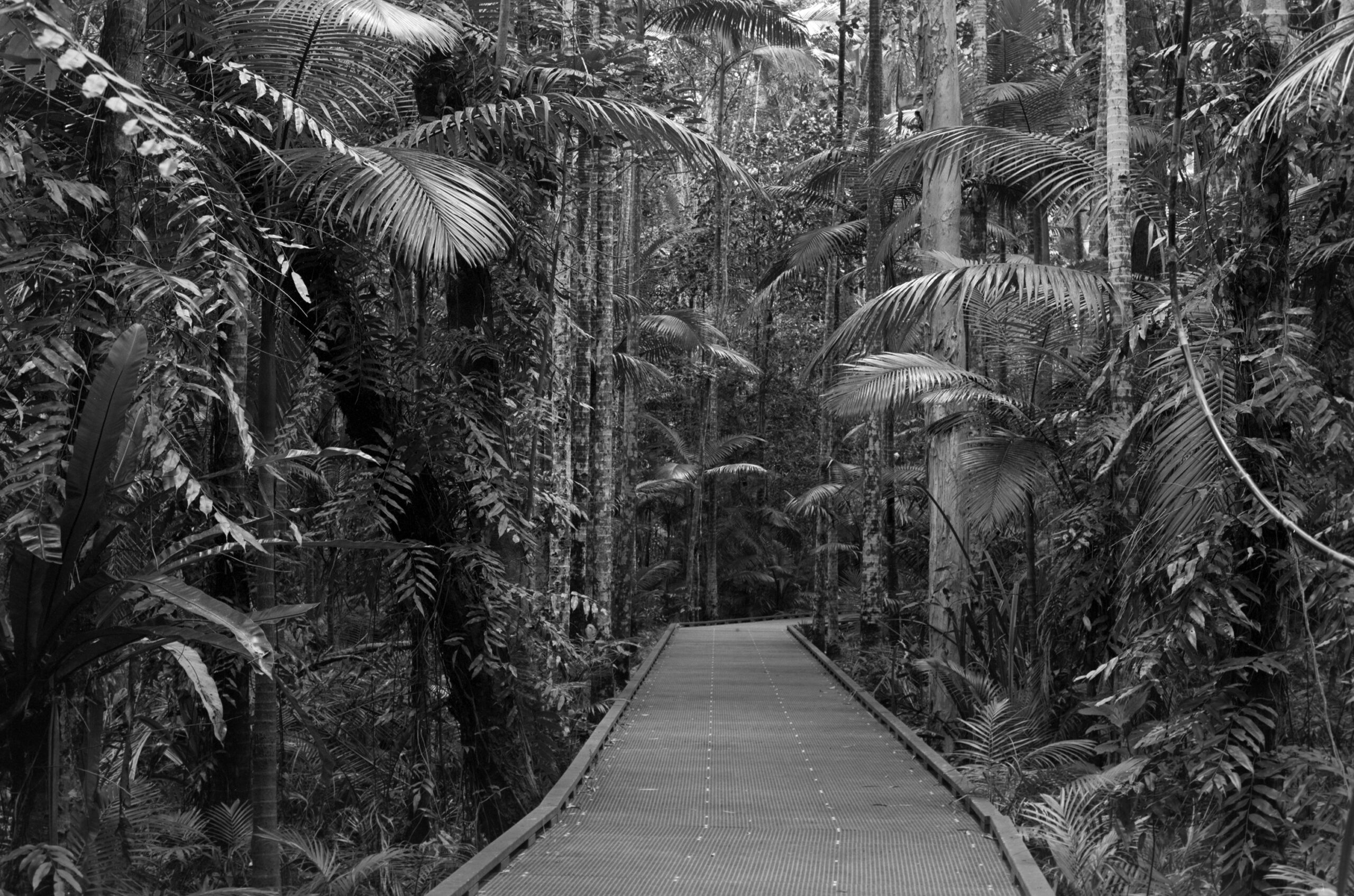

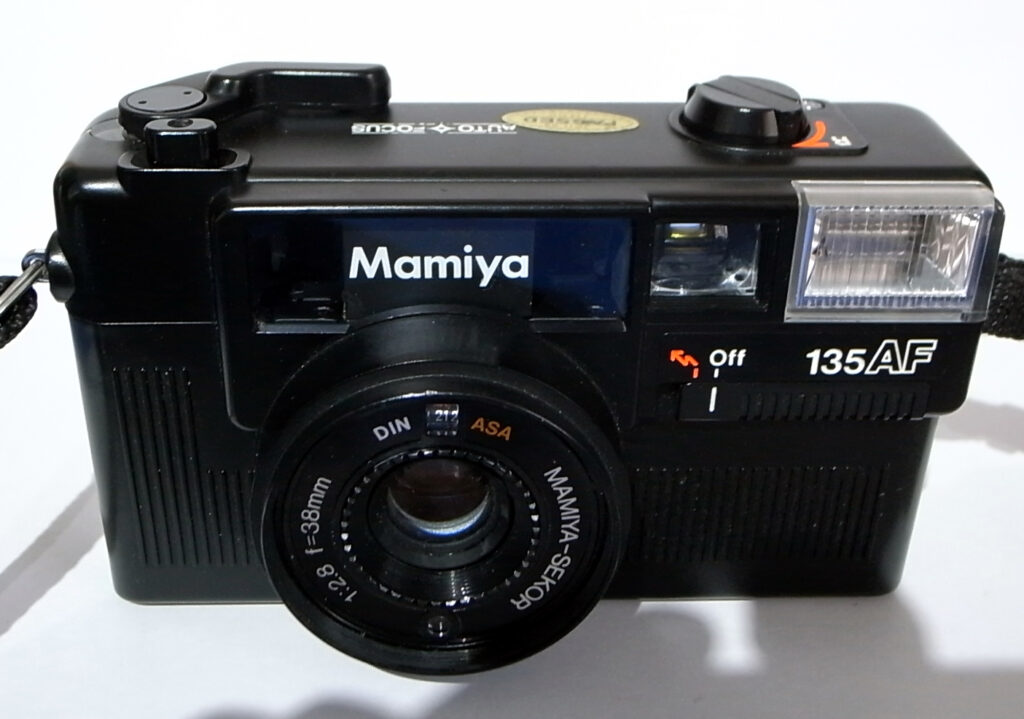
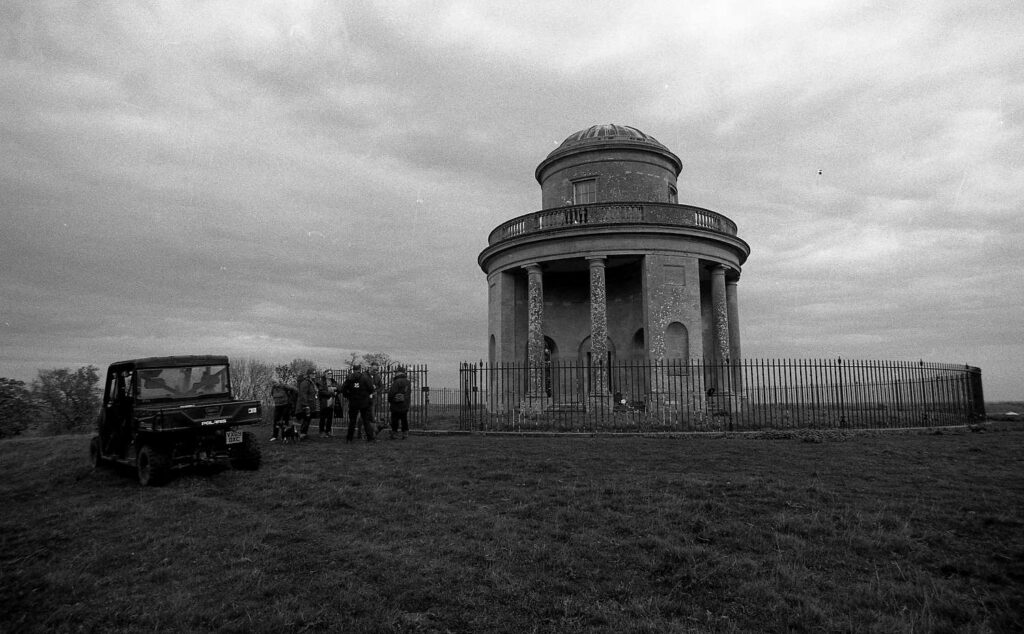
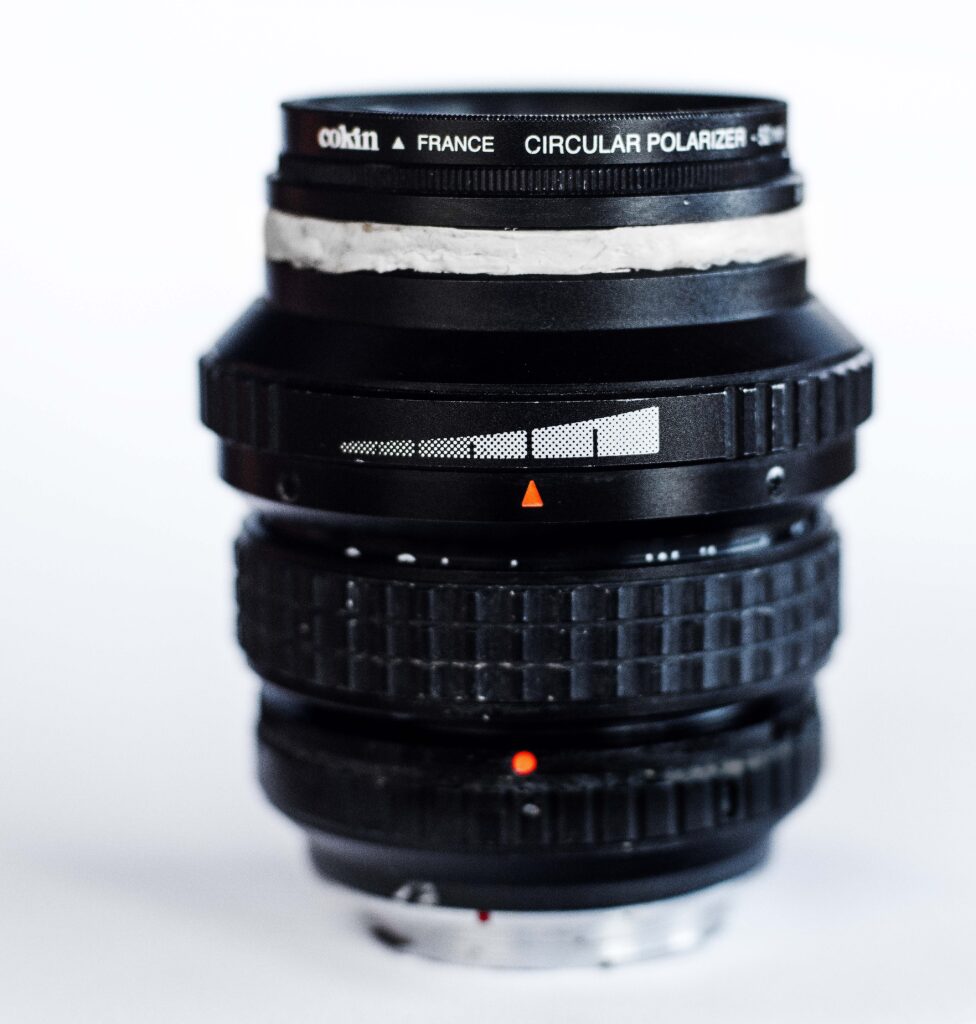
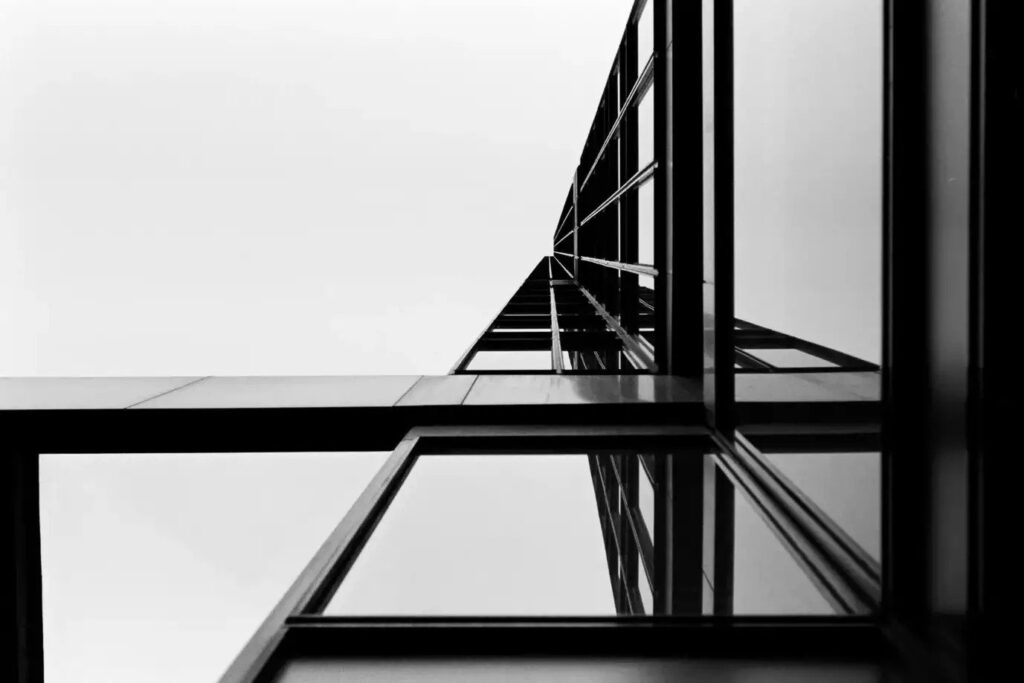
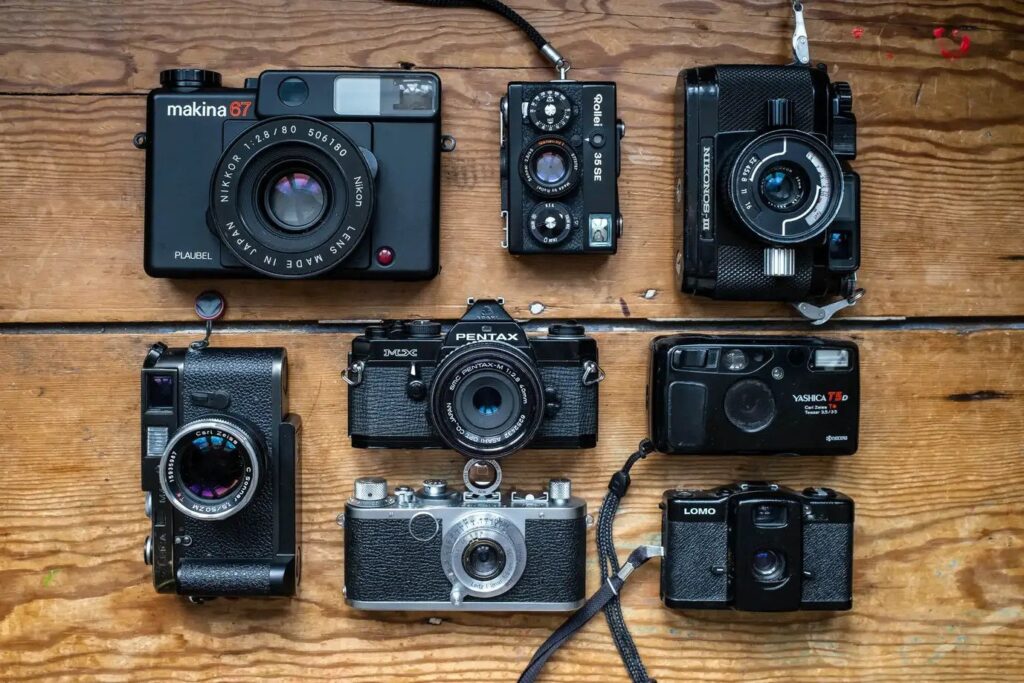
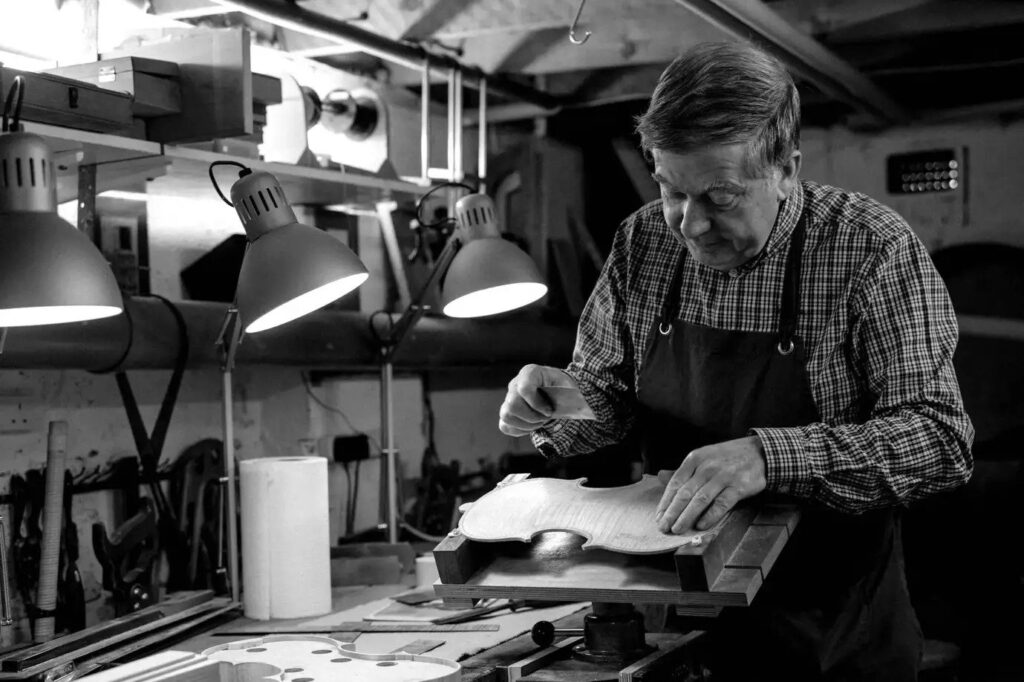
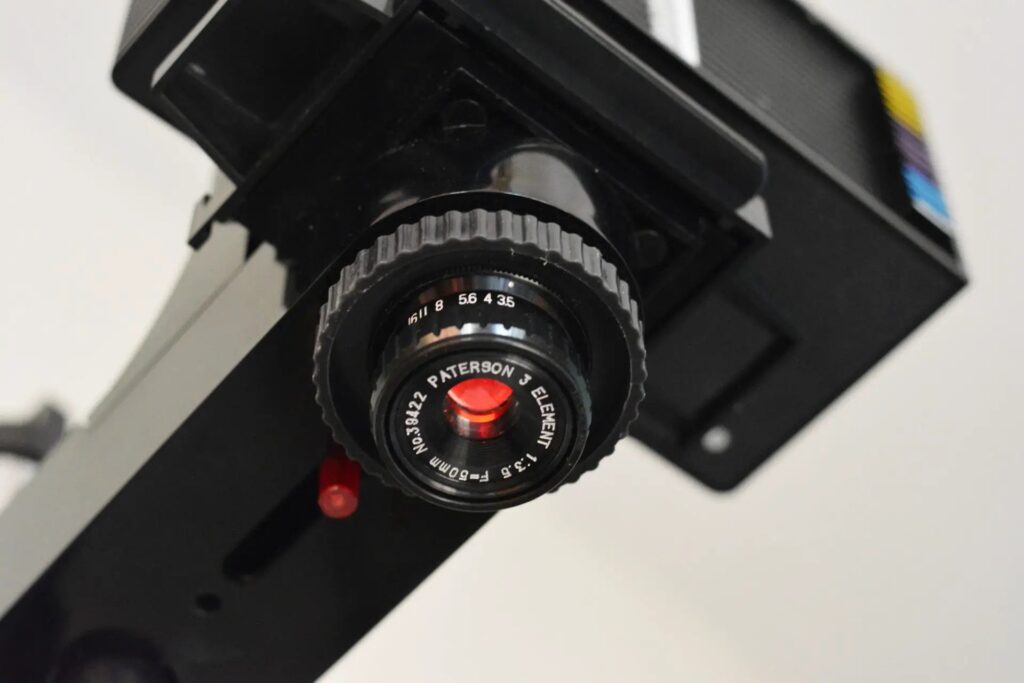
Comments
Jeffery Luhn on 5 Frames of Kodak Technical Pan developed with C41 developer
Comment posted: 26/07/2025
Great quality images. Nice compositions!
I recall shooting Tech ortho high contrast film around 1969. I think it could be processed under red safe light. Grainless with no mid tones. Just for plate making. ASA 6 or something like that. We called it litho film.
What is similar these days? Pancromatic preferred but not essential. Ideally 120 or 4x5.
Any thoughts?
Comment posted: 26/07/2025
Comment posted: 26/07/2025
Comment posted: 26/07/2025
Comment posted: 26/07/2025
Comment posted: 26/07/2025
Gary Smith on 5 Frames of Kodak Technical Pan developed with C41 developer
Comment posted: 26/07/2025
Thanks for your article.
Comment posted: 26/07/2025
Geoff Chaplin on 5 Frames of Kodak Technical Pan developed with C41 developer
Comment posted: 27/07/2025
Comment posted: 27/07/2025
William McEwen on 5 Frames of Kodak Technical Pan developed with C41 developer
Comment posted: 28/07/2025
Comment posted: 28/07/2025
Mario on 5 Frames of Kodak Technical Pan developed with C41 developer
Comment posted: 30/07/2025